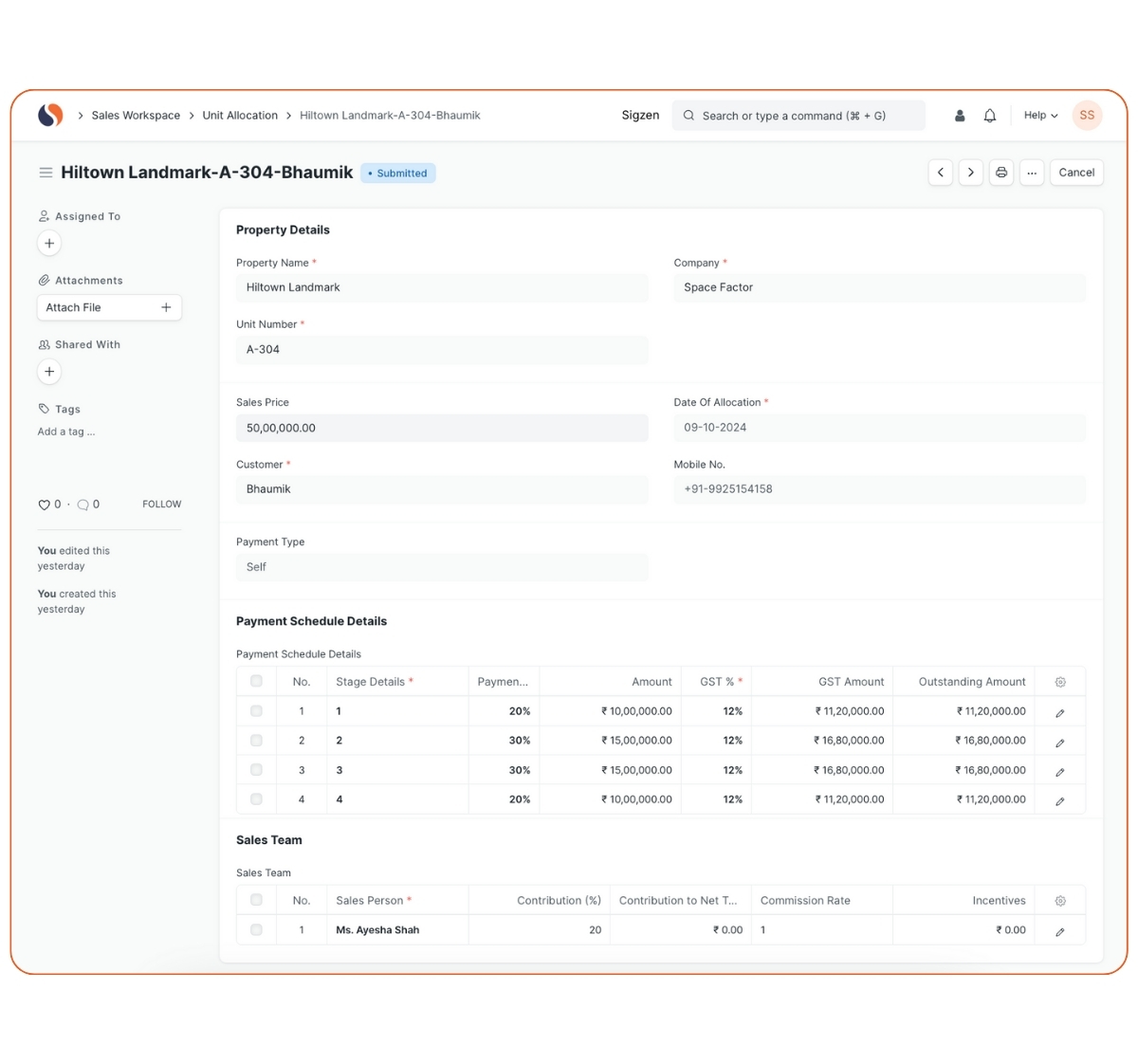I remember the days. Oh, how I remember them. It feels like a lifetime ago, even though it was only a few years back. My name is Alex, and for over a decade, I’ve been navigating the thrilling, often chaotic, world of sales management. My journey has been filled with exhilarating wins and frustrating setbacks, but nothing tested my patience and sanity quite like our old sales reporting system. Or, more accurately, our complete lack of one.
If you’re a beginner trying to wrap your head around terms like "ERP" and "Automated Sales Reports," don’t worry. I’m going to tell you a story – my story – about how something that sounded so technical and intimidating ended up being the single biggest game-changer for our sales operation. Forget complex jargon; think real-world transformation.
The Dark Ages of Manual Reporting: A Sales Manager’s Confession
Picture this: It’s Friday afternoon. The sales team has just hit their weekly targets, the energy is buzzing, and everyone is ready to unwind. Everyone, that is, except me. My Friday afternoons were reserved for a ritual I dreaded more than root canal surgery: compiling the weekly sales report.
Our process was a Frankenstein’s monster of spreadsheets. Each salesperson maintained their own Excel sheet, dutifully logging calls, meetings, opportunities, and closed deals. Then, I would collect these individual sheets, often incomplete or inconsistent, and spend hours – literal hours – trying to consolidate them into one master document.
The Pain Points Were Real:
- Time-Consuming & Tedious: Imagine manually copying and pasting data from a dozen different sources, cross-referencing names, product codes, and dates. It was a monumental waste of time that could have been spent coaching my team, strategizing, or, you know, actually selling.
- Rampant Inaccuracies: Human error is inevitable. A typo in one spreadsheet would throw off the entire sum. Missing data, duplicate entries, or inconsistent formatting were daily occurrences. My "reports" were often more fiction than fact.
- Outdated Information: By the time I finished compiling a report, the data was already several days old. In the fast-paced world of sales, this meant we were always looking in the rearview mirror, making decisions based on past events, not the current landscape.
- Missed Opportunities: We couldn’t easily spot trends, identify our top-performing products, or see where leads were getting stuck in the pipeline. It was like driving in the fog, hoping we were going in the right direction.
- Frustration & Low Morale: My team saw me drowning in administrative tasks, and they felt the burden of meticulous, often redundant, data entry. It wasn’t motivating for anyone.
We knew something had to give. We were a growing company, and our prehistoric reporting methods were not just inefficient; they were actively hindering our growth. We needed clarity, speed, and accuracy. We needed a revolution.
The Light Bulb Moment: Discovering ERP’s Promise
The turning point came during a company-wide strategic planning meeting. Our CEO, a forward-thinking individual, brought up the concept of Enterprise Resource Planning (ERP). Now, if you’re like me at that time, your eyes might glaze over at such a technical-sounding term. But let me break it down simply, as it was explained to me.
Imagine your entire business as a human body. You have a brain (management), a heart (sales), lungs (production), a digestive system (finance), and so on. In our old system, each organ was working independently, shouting information across the body, often getting wires crossed.
An ERP system is like building a super-efficient central nervous system for your entire business. It’s a single software platform that integrates all your different business functions – sales, marketing, finance, inventory, customer service, and more – into one unified system. All the data from every department flows into this one central database.
The moment the CEO mentioned how an ERP could specifically automate sales reporting, a little light bulb went off in my head. Could it really eliminate my dreaded Friday ritual? Could it give us real-time insights? The idea sounded almost too good to be true.
The Magic Unfolds: What ERP Automated Sales Reports Actually Do
After a period of research and implementation (which, while challenging, was a collaborative effort from various departments), we finally went live with our new ERP system. The change was not instantaneous – there was a learning curve, of course – but the transformation in our sales reporting was nothing short of miraculous.
Here’s what ERP Automated Sales Reports brought to our team, and why it’s a game-changer for any business, especially for those just starting out or looking to scale:
1. Real-Time Insights, Not Ancient History
This was the biggest immediate benefit. Instead of compiling data from last week, I could now open my ERP dashboard and see exactly what was happening right now.
- Live Performance Tracking: How many calls did Sarah make today? How many new opportunities did Mark create? What’s our total revenue generated this morning? All this information was updated instantly as soon as a salesperson logged an activity or closed a deal within the ERP’s integrated CRM (Customer Relationship Management) module.
- Up-to-the-Minute Dashboards: Imagine a personalized screen showing you all your key sales metrics at a glance. Our ERP provided customizable dashboards that displayed everything from individual salesperson performance to overall team revenue, pipeline health, and conversion rates – all in beautiful, easy-to-understand charts and graphs.

